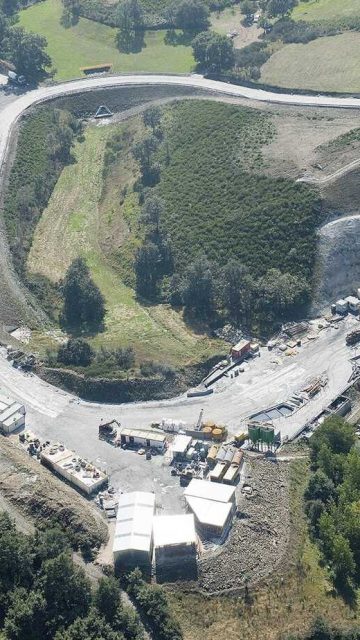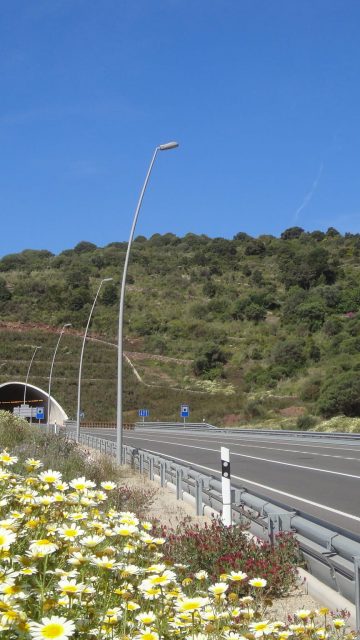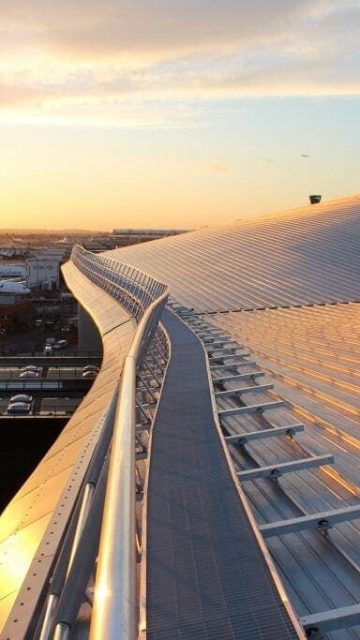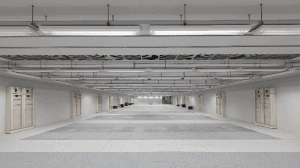Environmental performance
We have designated environmental performance as one of our priorities in order to strengthen our capacities to offer infrastructure and services that respond to global challenges.
Environmental sustainability is playing an increasingly important role in everything we do. Not only from a liability perspective or as a mechanism to manage a certain type of risk more efficiently, but also as a source of new ideas and business models.
In this sense, we have strengthened our capacities to offer services and infrastructures that respond to global challenges, such as climate change, the energy crisis or the loss of biodiversity.
We are committed to the sustainable development of society by reporting indicators such as CO2 emissions (see Carbon Footprint), water consumption and waste, and RCDs, among others . In addition, we have and continue to set targets for improving our environmental performance and strengthening our climate strategy by developing infrastructure and services for a “green” low-emission economy that is evidenced in our project portfolio.
Non hazardous waste, hazardous waste, CDW’s and waste recycling
Reducing the environmental impact
The high volumes of soil managed on work sites have encouraged us to set an objective of minimizing the impacts associated with this activity be reusing the soil. We have therefore established an 80% target for soil reuse for 2020, using 2016 as the base year.
Reused soil in work sites
| 2018 | 2019 | 2020 | |
|---|---|---|---|
| Materials reused at worksite (m3) |
922,936 |
2,893,285 |
1,576,854 |
| Topsoil reused (m3) |
528,749 |
762,077 |
931,948 |
|
14,336,346 |
12,059,463 |
15,889,312 |
|
|
Material sent to another work or authorized landfill (M3) |
3,554,355 |
5,932,290 |
2,892,956 |
Waste by type and disposal method
| 2016 | 2017 | 2018 | |
|---|---|---|---|
| Waste produced from construction and demolition(m³) | 1.628.147 | 1.439.795 | 2.344.504 |
| Total soil from excavation(m³) | 19.759.576 | 27.612.500 | 19.363.051 |
| Topsoil reused(m³) | 558.310 | 1.458.280 | 922.936 |
| Material sent to landfill outside the worksite(m³) | 1.447.743 | 5.287.068 | 528.749 |
| Material reused at worksite (m³) | 11.692.839 | 15.498.439 | 14.336.346 |
| Material sent to other worksite or authorized landfill(m³) | 6.060.683 | 5.368.713 | 3.575.020 |
Non hazardous waste
We have also reduced the production of non-hazardous waste, reaching our target of a 2.5% annual reduction, and with 2016 as the base year.
Non-hazardous Waste disposed (Tn)
-
2016
627,897
-
2017
683,842
-
2018
604,545
** Non-hazardous waste data reported in 2018 annual report include 161,740 Tn of waste managed but not produced by Ferrovial.
*The non-hazardous waste in 2016 has been recalculated taking into account the contribution of the new companies acquired in order to improve the comparability of the data.
Hazardous waste
The objective that establishes a 5% annual reduction of hazardous waste generation has been met.
Hazardous waste generated (Tn)
-
2017
27,943
-
2018
18,419
Highlighted environmental performances
View the projects in which we have developed and are developing environmental actions.
Construction projects
view more
Espiño Tunnel

Environmental Protection within a…

Protection of the Brown Bear During…

Heathrow Airport

